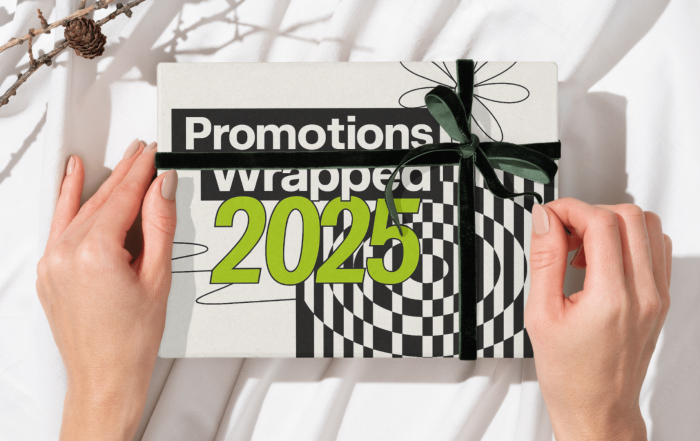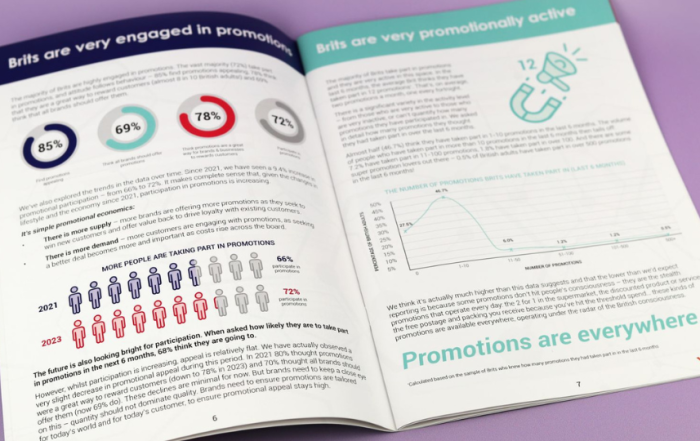As the Olympic Games approach the starting line, brands are sprinting to align their marketing strategies with the spirit of the Games. However, with this immense opportunity comes the perilous reality of a complex legal circuit. How can brands leverage the excitement of the Olympics without being disqualified or worse, fined? What are the key pitfalls to avoid, and how can previous case studies inform better practices? Manny Roberts and Geraint Lloyd-Taylor from Lewis Silkin recently sat down to discuss these critical issues, offering insights into the pitfalls of ambush marketing, lessons from past incidents, and essential strategies for brands and agencies striving to win gold this summer while staying compliant with the laws and regulations.


As the Olympic Games approach the starting line, brands are sprinting to align their marketing strategies with the spirit of the Games. However, with this immense opportunity comes the perilous reality of a complex legal circuit. How can brands leverage the excitement of the Olympics without being disqualified or worse, fined? What are the key pitfalls to avoid, and how can previous case studies inform better practices? Manny Roberts and Geraint Lloyd-Taylor from Lewis Silkin recently sat down to discuss these critical issues, offering insights into the pitfalls of ambush marketing, lessons from past incidents, and essential strategies for brands and agencies striving to win gold this summer while staying compliant with the laws and regulations.



Geraint Lloyd-Taylor from Lewis Silkin explains ambush marketing as creating an illusion of association with the Olympics without the proper authorisation. He mentions, “Ambush marketing can be described as creating a false or misleading impression of an association between a brand or an advertiser and an event.” This often involves unauthorised use of protected symbols, terminology, or imagery associated with the Games. He further clarifies that there isn’t a strict legal definition for ambush marketing, making it a grey area that brands must navigate cautiously. This approach, while tempting, can backfire legally and reputationally if not carefully navigated.
Geraint Lloyd-Taylor from Lewis Silkin explains ambush marketing as creating an illusion of association with the Olympics without the proper authorisation. He mentions, “Ambush marketing can be described as creating a false or misleading impression of an association between a brand or an advertiser and an event.” This often involves unauthorised use of protected symbols, terminology, or imagery associated with the Games. He further clarifies that there isn’t a strict legal definition for ambush marketing, making it a grey area that brands must navigate cautiously. This approach, while tempting, can backfire legally and reputationally if not carefully navigated.


By understanding and respecting the legal boundaries, brands can create impactful marketing campaigns that celebrate the spirit of the Olympics while maintaining compliance with the rules. If you’re unsure about areas of the law or want to make sure your campaign is ready to win gold, consulting with legal experts is crucial. The IPM’s legal team provides expert guidance to make sure your association with the excitement of the Olympics is both effective and lawful. Members can also access the full discussion between Geraint Lloyd-Taylor and Manny Roberts in the IPM’s member area.
By understanding and respecting the legal boundaries, brands can create impactful marketing campaigns that celebrate the spirit of the Olympics while maintaining compliance with the rules. If you’re unsure about areas of the law or want to make sure your campaign is ready to win gold, consulting with legal experts is crucial. The IPM’s legal team provides expert guidance to make sure your association with the excitement of the Olympics is both effective and lawful. Members can also access the full discussion between Geraint Lloyd-Taylor and Manny Roberts in the IPM’s member area.
News
HFSS Advertising Regulations: What Marketers Need to Know
HFSS regulations have entered a new phase. This article breaks down what the latest rules mean for marketers, where the key risks sit, and how IPM tools and legal support can help.
Promotions Wrapped! Playing Back the Biggest Trends of 2025
From Superman on The Shard to ‘AI slop’, see what cut through in 2025...
What Do Brits Want from Promotions in 2026
Get ready to unpack the promotional marketing landscape for 2026 as Mando, YouGov and the IPM prepare to launch What Brits Want from Promotions 3.0...
News
HFSS Advertising Regulations: What Marketers Need to Know
HFSS regulations have entered a new phase. This article breaks down what the latest rules mean for marketers, where the key risks sit, and how IPM tools and legal support can help.
Promotions Wrapped! Playing Back the Biggest Trends of 2025
From Superman on The Shard to ‘AI slop’, see what cut through in 2025...
What Do Brits Want from Promotions in 2026
Get ready to unpack the promotional marketing landscape for 2026 as Mando, YouGov and the IPM prepare to launch What Brits Want from Promotions 3.0...






